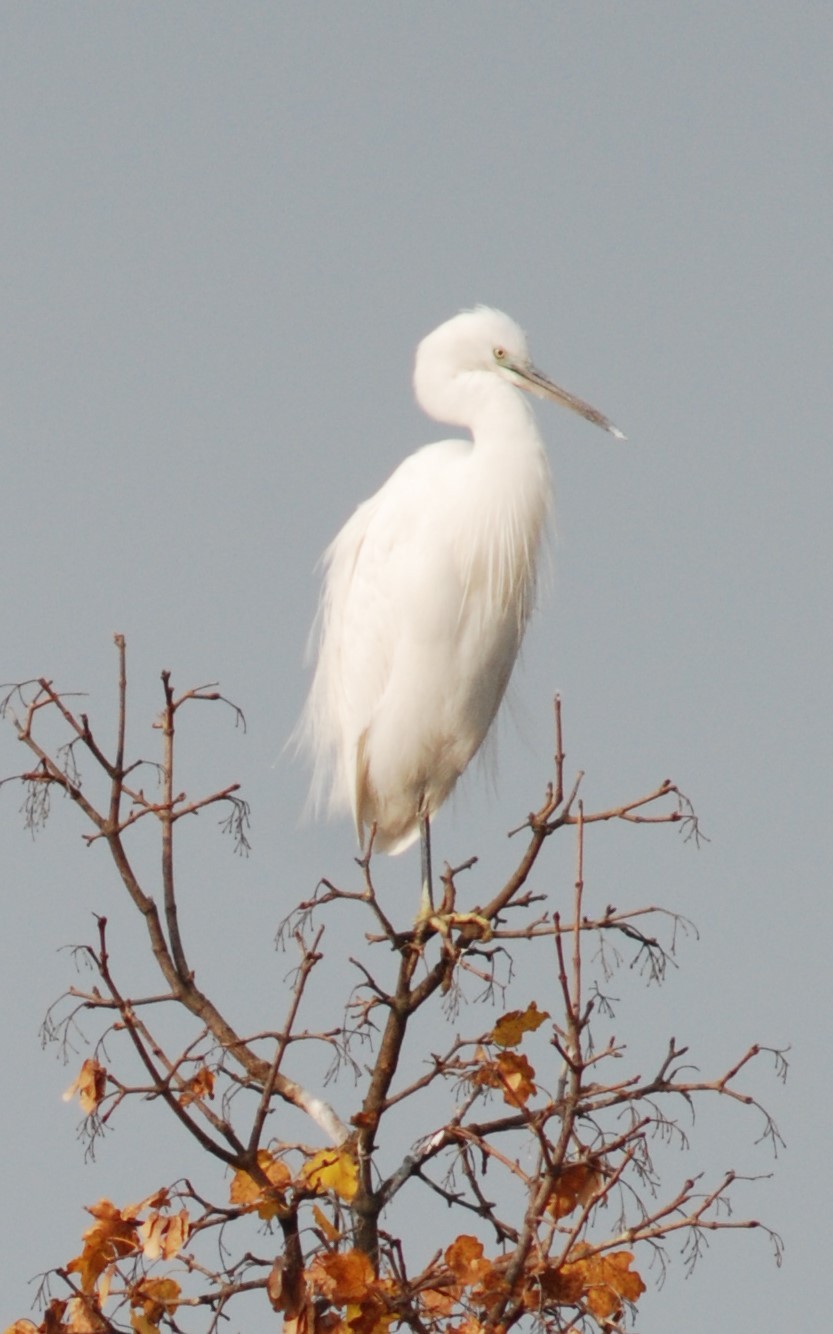Little Egret
A species of Typical Egrets Scientific name : Egretta garzetta Genus : Typical Egrets
Little Egret, A species of Typical Egrets
Botanical name: Egretta garzetta
Genus: Typical Egrets
Content
Description People often ask General Info
 Photo By Gioxe , used under CC-BY-SA-4.0 /Cropped and compressed from original
Photo By Gioxe , used under CC-BY-SA-4.0 /Cropped and compressed from original Description
The small size of the little Egret makes the bird easily recognizable among larger species that share the same range. The egret is seen almost anywhere there are small fish including marshes, estuaries, and rivers. The bird often searches for food by itself but prefers to build nests in communities, occasionally with other bird species.
Size
55 - 65 cm
Life Expectancy
10 years
Nest Placement
Tree
Feeding Habits
Little Egret predominately feeds on aquatic insects, crustaceans, fish, amphibians, molluscs, reptiles, worms, spiders, and occasionally small birds. Utilizing active foraging techniques like foot stirring or canopy feeding, little Egret displays unique hunting behaviors adapted to a diverse diet, often hunting at dawn or dusk.
Habitat
Little Egret prefers diverse wetland habitats which include shallow freshwater to brackish or saline water environments within lowland regions. Its habitats encompass the margins of rivers, lakes, marshes, swamps, rice fields, and coastal zones such as beaches, mudflats, coral reefs, and mangroves. Little Egret is also found in salt pans, irrigated lands, and occasionally follows cattle in dry fields. While primarily located in lowland areas, little Egret can occupy altitudes up to 2000 m, adapting its habitat seasonally.
Dite type
Piscivorous
People often ask
General Info
Feeding Habits
Bird food type
Behavior
Little egrets are sociable birds and are often seen in small flocks. Nevertheless, individual birds do not tolerate others coming too close to their chosen feeding site, though this depends on the abundance of prey. They use a variety of methods to procure their food. They make use of opportunities provided by cormorants disturbing fish or humans attracting fish by throwing bread into water. 
Distribution Area
The breeding range of the western race (E. g. garzetta) includes southern Europe, the Middle East, much of Africa and southern Asia. The eastern race, (E. g. nigripes), is resident in Indonesia and New Guinea, while E. g. immaculata inhabits Australia and New Zealand, but does not breed in the latter. The birds have since spread elsewhere in the Caribbean region and on the Atlantic coast of the United States. 
Species Status
Globally, the little egret is not listed as a threatened species and has in fact expanded its range over the last few decades. The International Union for Conservation of Nature states that their wide distribution and large total population means that they are a species that cause them "least concern". 
Scientific Classification
Phylum
Chordates Class
Birds Order
Pelicans and Relatives Family
Herons Genus
Typical Egrets Species
Little Egret